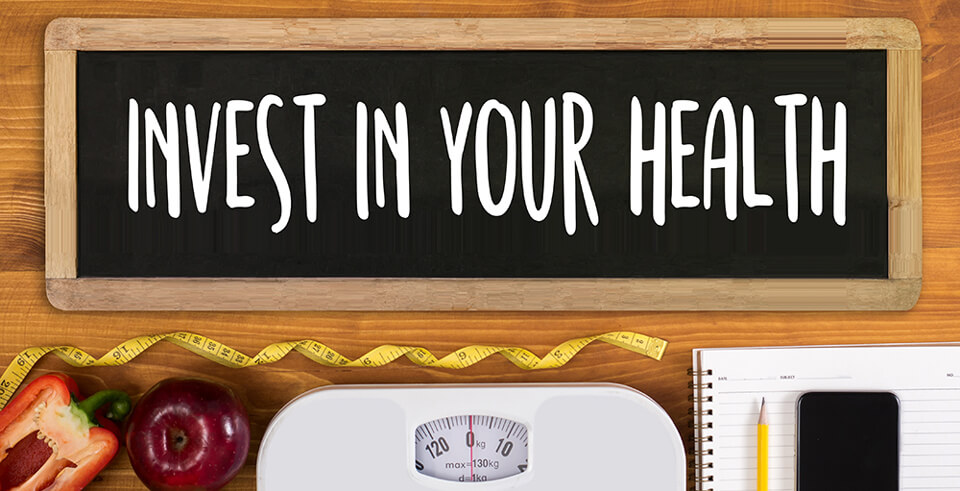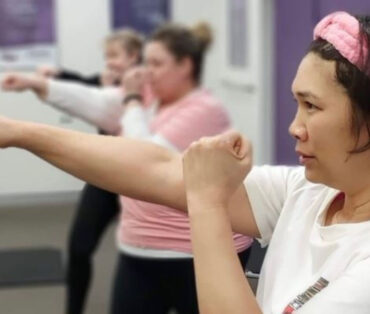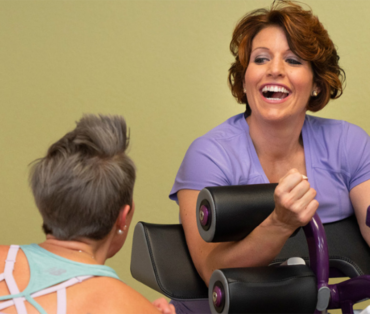Invest in Yourself with a Regular Exercise Routine
Do you have a budget? If you do, chances are it contains things like periodic oil changes for your car, dental visit co-pays and occasional home maintenance. Although none of those items may be an emergency at the time, you get them done to prevent larger costs for damages down the road. The money you spend on preventative maintenance is an investment in your future financial health. But what about your physical and mental health? Are you investing in them as well? If you’re wondering how to lower medical bills to save money, getting in shape with exercise and a weight loss eating plan is a great way to start.
Investing in your physical health with a regular workout plan, such as a Curves membership, can be beneficial to your body—and your wallet! Spending the money now on fitness help such as a gym designed for women, could mean less money spent later on healthcare costs. And though it is true that money cannot buy good health, the investment you make in yourself in the form of fitness relationship goals may increase your chances of a happy, healthy life.
Compared to the medical costs associated with poor health due to obesity, high blood pressure, Type 2 diabetes and more, the costs of a regular full body workout seem minimal. These are all medical issues that may be prevented or helped by weight management via exercise and a healthy diet plan.
According to The United States Centers for Disease Control and Prevention1, here are a few realities about those healthcare costs to consider:
On average, people who are obese miss more work than people who are not. Lost wages can add up quickly. The nationwide costs of obesity and obesity-related absenteeism in the workplace range from $3.38 billion and $6.38 billion per year.
- In 2008 (the most recent year for which data is available), healthcare costs of obesity were estimated to be $147 billion.
- Healthcare costs for those managing diabetes are 2.3 times higher2 than for those without diabetes. People with diabetes should expect to pay higher health and life insurance premiums.
- The nationwide annual cost of high blood pressure3 is $109.1 billion, or $1,494 per person.
There are also costs that are more difficult to identify with numbers. Those might be categorized as “opportunity costs,” like when you aren’t strong enough to keep up with your grandchildren at play or have the energy for a walking tour on vacation. Engaging in a regular whole body workout can help you gain strength and energy for many of life’s happy moments.
All of these costs, whether monetary or otherwise, may be minimized by following a regular full-body workout like the ones offered through a membership at Curves women’s only gym. With the full body workout at Curves, you’ll get the weight loss motivation, health tips, and fitness advice you need to be the healthiest you possible. No matter how you look at it, an investment in Curves is a sound investment in you! Find your local Curves here!
Sources
1 The United States Centers for Disease Control and Prevention
2 The United States Centers for Disease Control and Prevention








